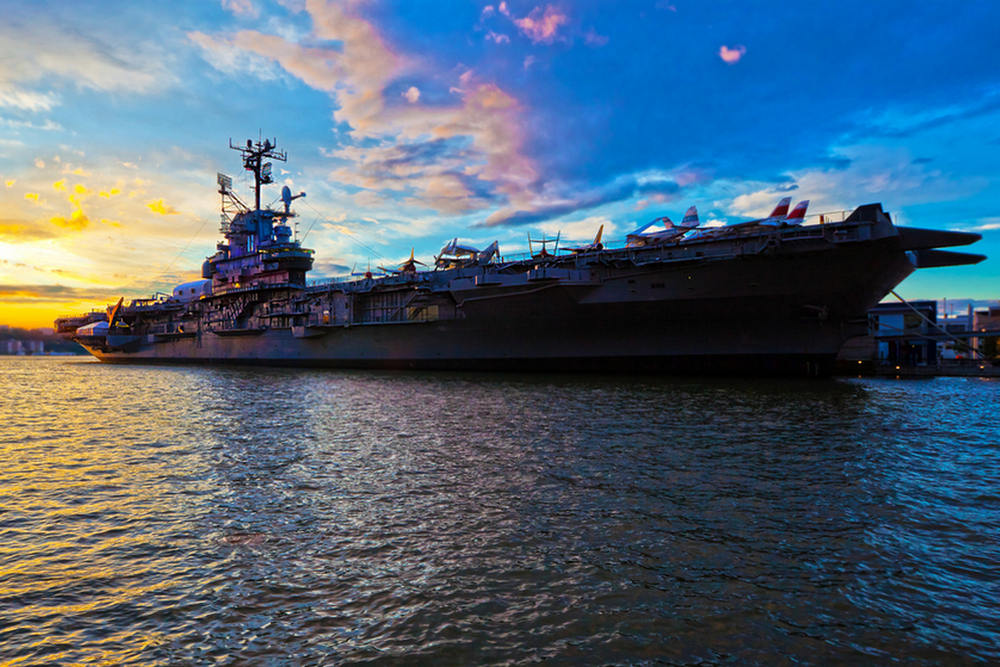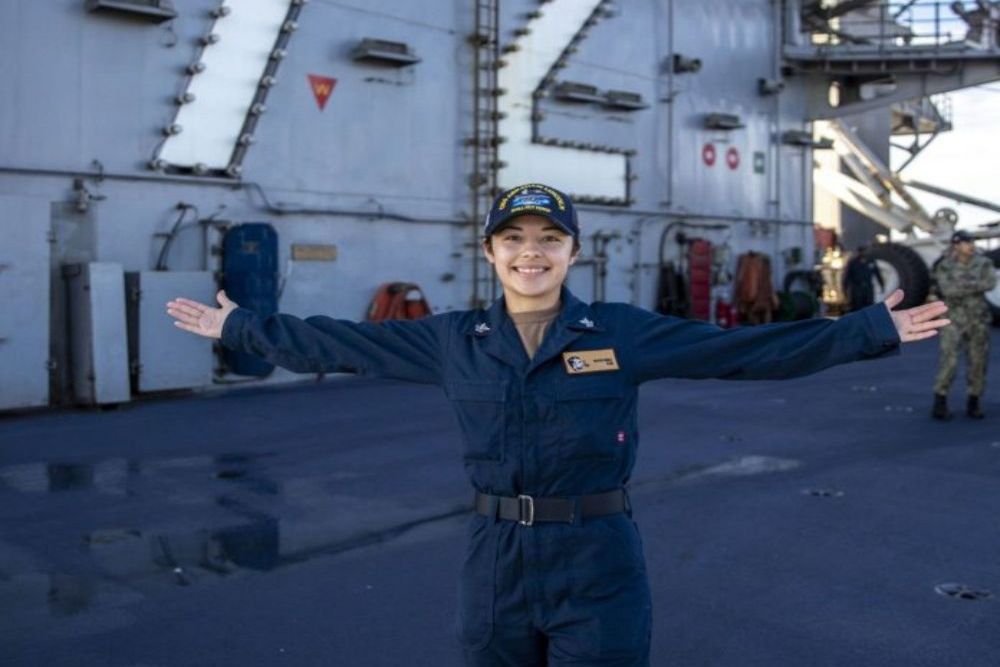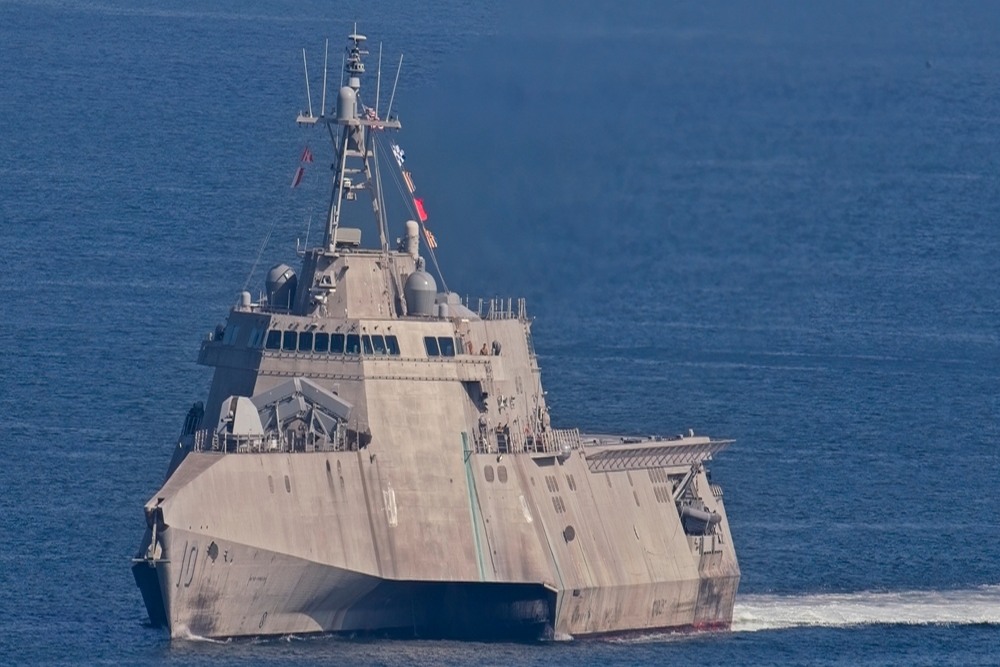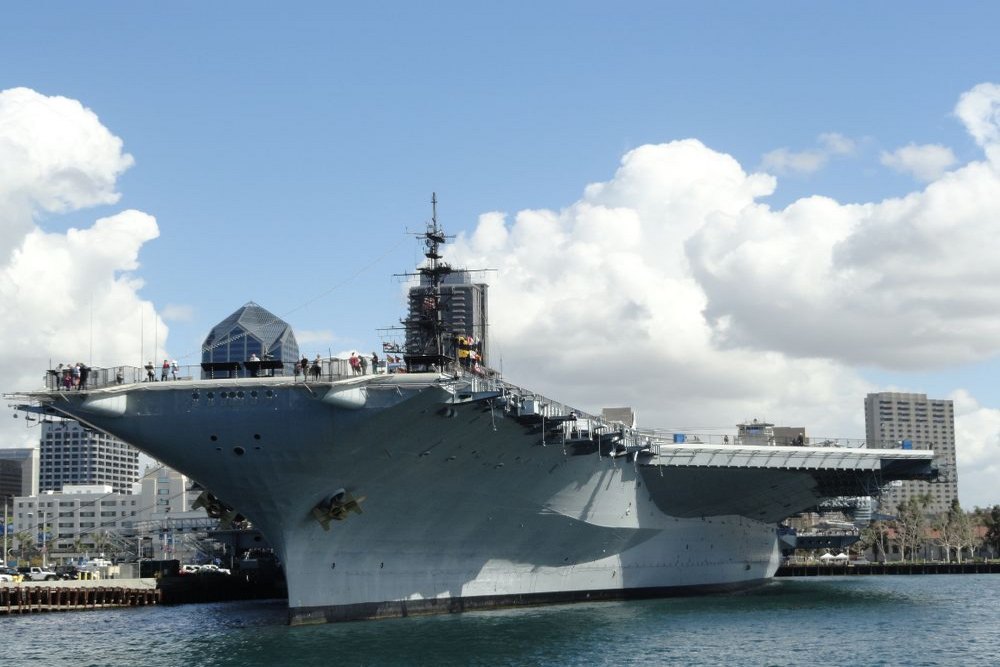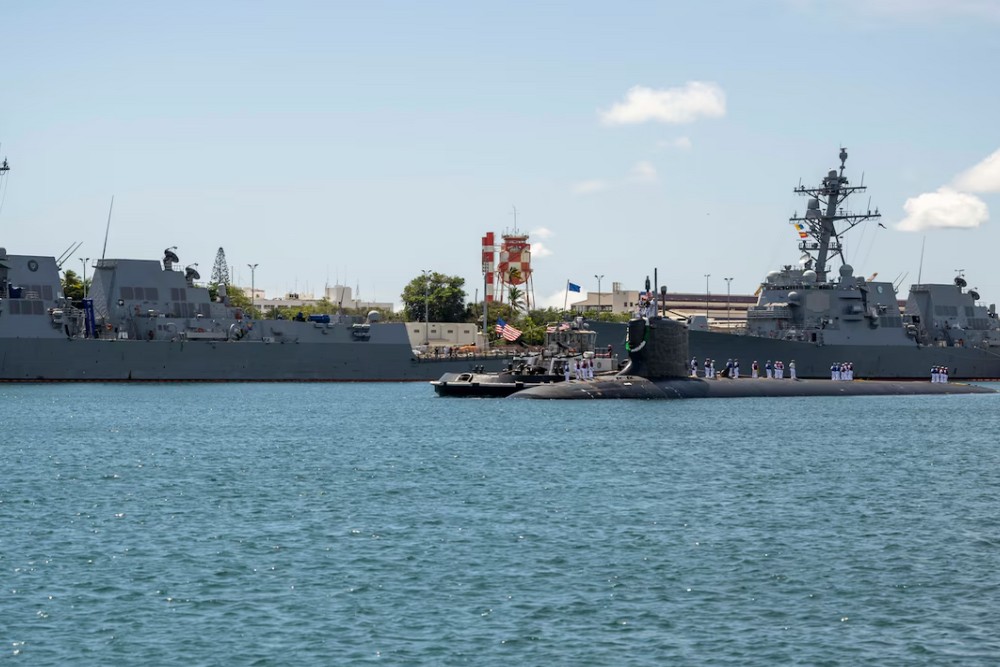AI-Enhanced Support for Navy Carrier Pilots Takes Flight
In the ever-evolving landscape of modern warfare, the U.S. Navy is harnessing the power of artificial intelligence (AI) to enhance the capabilities of its aircraft carriers. With over 5,000 men and women on board each of America’s 11 aircraft carriers, the Navy is turning to AI to assist in various critical aspects of carrier operations. In this blog, we’ll explore how AI is being utilized to bring aircraft aboard, manage complex carrier landings, and even optimize the food supply chain aboard these floating cities at sea.
The Evolution of Carrier Landings
Carrier landings, especially at night, are challenging and perilous tasks that demand precision and nerves of steel. The iconic “Top Gun” movies may have depicted heroic Navy pilots making daring night landings, but in reality, the Navy is embracing AI to revolutionize the art of carrier landings.
A form of AI known as Precision Landing Mode has transformed these landings into a science. Even the USS Gerald R. Ford, the first carrier to test AI for Precision Landing Mode, witnessed a significant shift in the final moments of landing. Traditionally, pilots had to make approximately 300 separate adjustments to control the plane’s flight path, including engine power, angle of attack, and position to centerline. With AI in the Precision Landing Mode, these adjustments were reduced to single digits, boosting pilot confidence and making this challenging task more manageable.
AI as the Navy’s Shipmate
The U.S. Navy is not stopping at carrier landings; it is integrating AI into various facets of its operations. The key is enhancing the equipment in use today with digital advantages. Lockheed Martin CEO Jim Taiclet emphasized the importance of digitally advancing existing equipment to incorporate more AI capabilities, such as the Navy’s stealth F-35 fighters.
Rear Admiral Steven Tedford, overseeing unmanned programs and systems development for the Navy, highlights the significance of trust in autonomy. The Navy is gradually transitioning towards true artificial intelligence, as exemplified by the MQ-25 Stingray drone, which can refuel other carrier aircraft and enhance communications and reconnaissance. After 2026, all air wings will incorporate Stingray drones, a clear indication of the Navy’s commitment to AI technology.
AI in Command and Control
While AI and human crews still constitute the preferred mode for military operations, senior officers may increasingly rely on AI in the heat of battle. Generative AI can anticipate a wide range of scenarios, from enemy missile trajectories to the effects of air strikes. Just imagine an AI tool that models potential defensive plays for a football team before the quarterback throws the ball. With AI, the Navy can gain a crucial edge in anticipating and countering enemy behavior in air and sea confrontations.
This comes at a critical juncture as the Pentagon reported aggressive interceptions of American military planes by Chinese aircraft. AI in tactical management of combat air patrols and daily operations can be a game-changer for the Navy as it faces evolving threats on the Pacific front.
Beyond the Cockpit: AI in the Chow Line
AI’s impact is not limited to the cockpit; it extends to everyday life aboard aircraft carriers. In a unique partnership with IBM, the Navy is utilizing artificial intelligence to optimize the food supply chain. IBM emphasizes that organizations often underutilize their supply chain data, and the Navy is no exception.
AI will assist the Navy’s supply corps in efficiently managing the flow of food, from the main meals to the infamous “bug juice” – a fruit-flavored alternative to coffee and water. With AI, the Navy can ensure that the culinary needs of its sailors are met effectively, allowing them to focus on their critical duties.
AI in the Service of National Security
In a rapidly changing world, the U.S. Navy is leveraging artificial intelligence to enhance its capabilities across the board. From precision landings on aircraft carriers to optimizing supply chains and commanding battles in an evolving geopolitical landscape, AI is proving to be an invaluable asset.
As the Navy faces challenges in the Pacific, AI is poised to play a pivotal role in maintaining security. Whether it’s making carrier landings less daunting or streamlining the logistics of bug juice supply, AI is leading the charge towards a safer, more efficient, and well-prepared naval force. The future of naval warfare is increasingly intertwined with the capabilities of artificial intelligence, and the U.S. Navy is fully committed to embracing it, full steam ahead.
Don’t miss out on any Navy scoop moving forward! For more Navy League news and updates, click here.
BLUE & GOLD NEWSLETTER
The award-winning Blue & Gold is published monthly. It features hot news, highlights event speakers, covers legislation and much more.
JOIN THE COMMUNITY
The Navy League depends on passionate individuals like you to support
those currently serving and advocate for the sea services.

